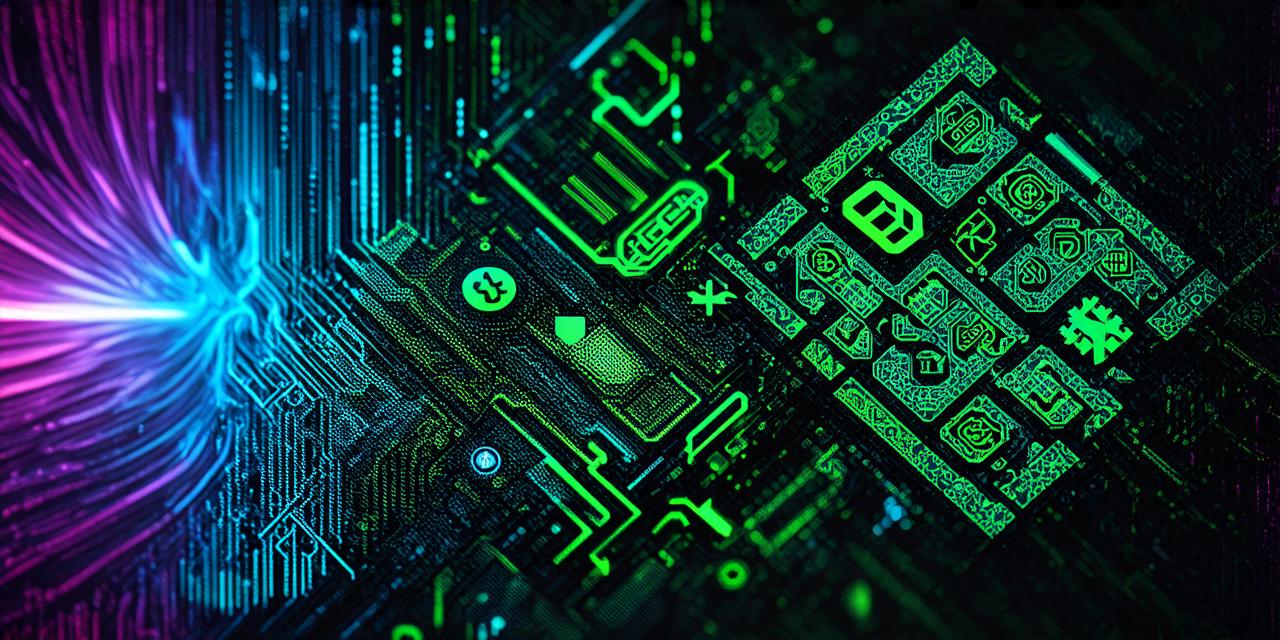Blockchain technology is a decentralized system that allows for secure and transparent transactions without the need for intermediaries. One of the key components of blockchain technology is tokens, which are digital representations of assets or values that can be traded on the blockchain.
What are Tokens in Blockchain?
Tokens are digital representations of assets or values that can be traded on the blockchain. These assets can be anything of value, such as cryptocurrencies, commodities, real estate, or even art. Tokens can represent ownership or access to a product or service, and they can also be used as a means of payment or exchange for goods and services.
Tokens are typically issued on blockchain platforms using smart contracts, which are self-executing contracts with the terms of the agreement written directly into lines of code. The smart contract acts as an intermediary between buyers and sellers, ensuring that all parties involved in a transaction have access to the same information and that the transaction is executed securely and transparently.
The use of tokens has revolutionized many industries, including finance, supply chain management, and real estate. For example, cryptocurrencies like Bitcoin and Ethereum are tokens that represent digital currencies that can be used for transactions on the blockchain. Other tokens, such as initial coin offerings (ICOs) and security tokens, can represent ownership or access to a product or service, such as a new app or platform.
How do Tokens Work?
Tokens are created and managed using blockchain technology, which is a decentralized system that allows for secure and transparent transactions without the need for intermediaries. When a token is created, it is issued on the blockchain, along with information about the asset or value it represents. This information includes details such as the name of the token, the total supply, and the token’s utility.

Tokens are stored on the blockchain in a digital wallet, which is a software program that allows users to store, send, and receive tokens. When a user wants to trade tokens, they can do so through a cryptocurrency exchange, which acts as an intermediary between buyers and sellers. The exchange verifies the transaction using smart contracts, ensuring that all parties involved have access to the same information and that the transaction is executed securely and transparently.
One of the key benefits of tokens is their ability to represent ownership or access to a product or service. For example, a company might issue a token that represents ownership of a new app or platform. This token can be traded on the blockchain, allowing investors to buy and sell ownership of the app or platform as they see fit.
Another benefit of tokens is their ability to facilitate transactions without the need for intermediaries. For example, a company might issue a token that represents ownership of a product or service, and then use that token to facilitate transactions with customers. This allows the company to cut out middlemen and reduce costs, while also providing customers with a more efficient and secure transaction process.
Case Studies: Real-Life Examples of Tokens in Action
1. Cryptocurrencies: The most well-known example of tokens in action is cryptocurrencies like Bitcoin and Ethereum. These tokens represent digital currencies that can be used for transactions on the blockchain. For example, a user might use Bitcoin to purchase goods or services from a merchant, who would then deposit the Bitcoin back into their wallet.
2. Supply Chain Management: Tokens are also being used in supply chain management to improve transparency and efficiency. For example, a company might issue a token that represents ownership of a product, allowing it to track the movement of that product through the supply chain. This can help prevent fraud, reduce costs, and improve customer satisfaction.
